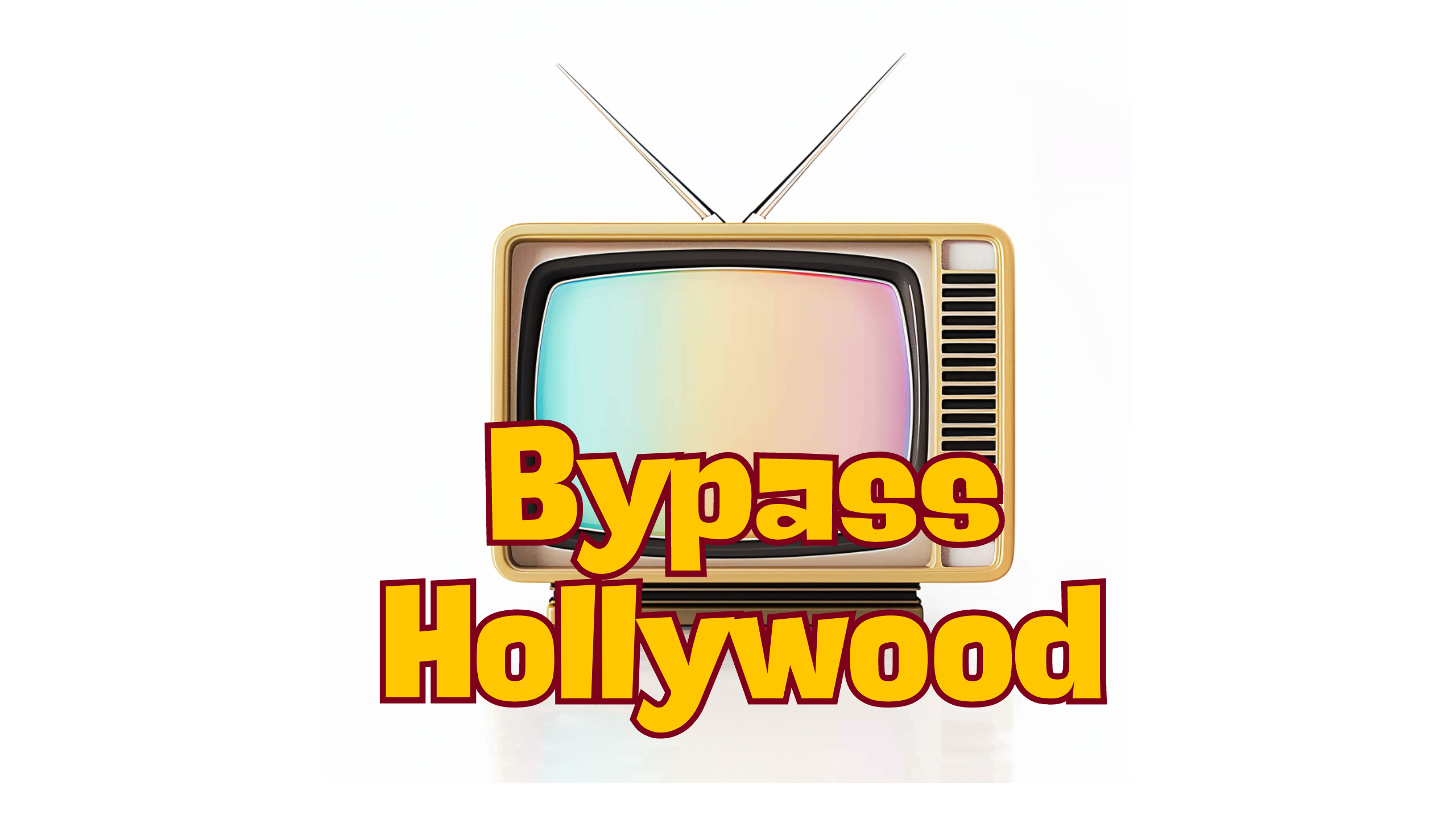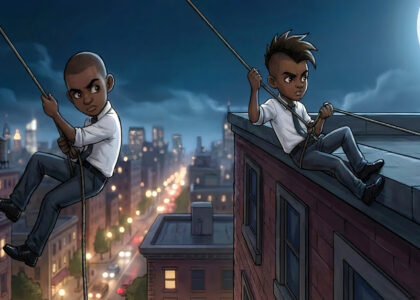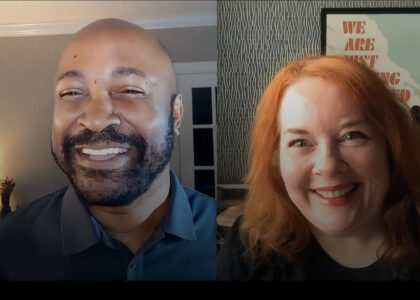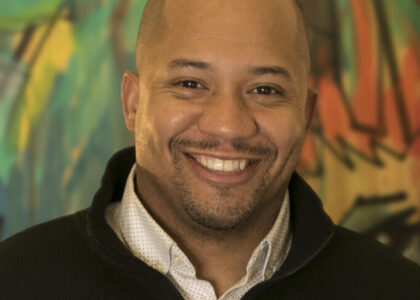

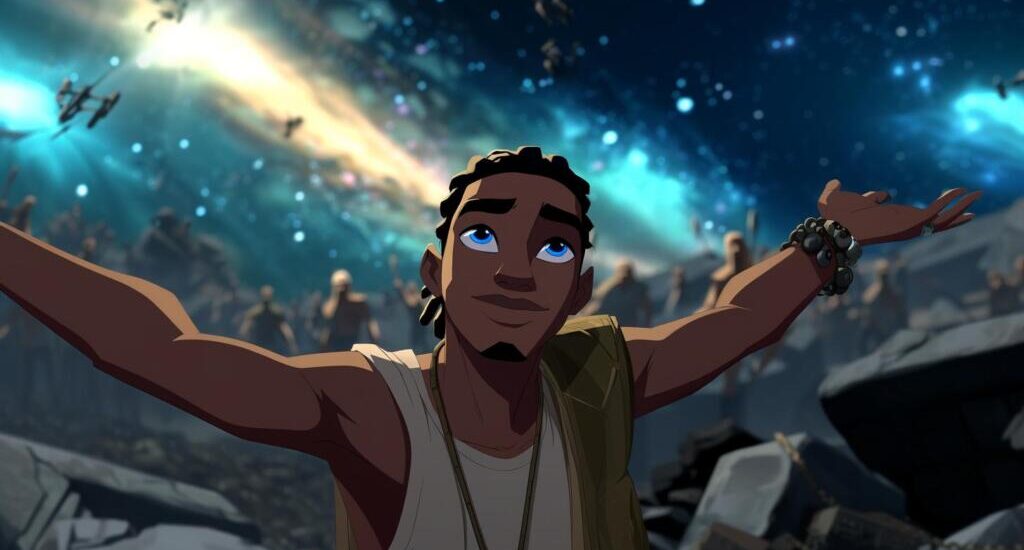
Let me just say it: making animation used to feel like something only studios in Hollywood or Tokyo could pull off—teams of 100+, million-dollar budgets, catered lunches, and weeks of rendering time. But today? I’m doing it in my living room, on a regular laptop, in between Zoom meetings and reheated coffee.
And I’m not a trained animator. I’m just someone obsessed with story who figured it out step by step.
This isn’t a masterclass. It’s a behind-the-scenes look at the basics of how you can do it too—because the playing field has changed. Dramatically.
Whether you live in LA, Lagos, or Lahore, if you’ve got internet access and a story to tell, you’ve got a shot. The tools are available. The gatekeepers are asleep. And audiences don’t care how it was made—they care how it makes them feel.
Here’s how I do it.
1. Write the Script
Everything starts with story. The script is the foundation—your blueprint, your north star. I’ve written scenes in Final Draft, Google Docs, on WriterDuet, and yes, even in my phone’s Notes app while waiting in line at a store. The software doesn’t matter. What matters is clarity, structure, emotion. Who wants what? What’s in their way? Why should we care?
Most of my projects started out as short stories or fragments of dialogue I couldn’t stop thinking about. It doesn’t have to be perfect, and you don’t have to be a great writer. You just need to be a great storyteller because you’re going to be developing and writing your script along the way.
You don’t need a fancy template. You need a beat that hits. That’s it.
2. Bring the Vision to Life (Visually)
Once I had my script, I had to figure out how to see it. In the past, this would’ve meant hiring a whole art department. Now? You’ve got options.
Sometimes I’ll work with freelance artists on Fiverr or Upwork. But when budget is tight—or I’m just prototyping—I use AI tools like MidJourney. They’re fast, powerful, and surprisingly nuanced if you know how to write a prompt that captures mood, style, and emotion.
Are they perfect? No. But they’re a launchpad. And when you’re building a world from scratch, momentum matters more than perfection.
3. Polish and Upscale the Art
Images fresh out of AI platforms don’t always come ready for animation. They need a glow-up.
That’s where upscalers like Magnific.ai and Let’s Enhance come in. These tools clean up jagged lines, boost resolution, and sharpen your frames into something that actually looks like it belongs on screen. It’s not glamorous, but it’s essential.
4. Animate It (Yes, Really)
This part used to terrify me. Animation felt like the final boss—until I realized the tools had caught up to the dream.
RunwayML. Pika. Minimax. Luma Labs.
Each one does something slightly different. Some are better for camera motion. Some for stylized effects. I use them interchangeably, depending on the scene. And yes, I’ve had to shape parts of my script to fit what the tech could actually deliver. That’s part of the process now. The constraints don’t limit your creativity—they shape it.
5. Voice It Up
Nothing makes your project feel more real than hearing your characters speak. I started out recording the lines myself. Sometimes I’d rope in friends. But once I discovered ElevenLabs, I started polishing my vocals to sound like something you’d hear in a proper studio.
You can, but you don’t need to hire an expensive voice actor if you can emotionally direct the tone yourself. Authenticity always wins. Start with your own performance, then hire someone once the story is truly developed. A great voice over artist will add layers to the story that you didn’t even imagine, so don’t cut them out but consider putting a placeholder down for now.
6. Add the Sound + Music
Sound is where everything levels up. You can fake a lot visually, but sound gives your project weight. It manipulates emotion. It builds tension. It lingers.
I use royalty-free tracks and FX from MotionArray. When I have more time (or budget), I work with a composer. But even with basic tools, you can create an emotional soundscape that glues the whole thing together at least to start with.
7. Stitch It All Together
Editing is where the scattered pieces become a full-blown story.
I use Adobe Premiere Pro for video and Adobe Audition for sound mixing. But that’s just my preference. There are free alternatives that can get the job done. The key is timing, rhythm, and trusting your gut. Know when to cut. Know when to hold. Know when the music should drop and the silence should land.
The best edit feels inevitable. And it only happens by doing it again and again until it clicks. There are amazing experienced editors who are truly storytellers that you can hire and it can make all the difference in the world when you get a good one.
Final Thoughts
This process isn’t magic. It’s not easy. But it’s possible. That’s the revolution.
You don’t need a production company. You don’t need permission. You just need to start.
If you have questions about rights and legal issues, consult with an IP attorney ahead, but just get started. This is a great article to give you some of the basics.
If you’re looking for an in-depth course, I recommend this one.
My two favorite YouTube channels on the subject are this and this.
If you’re looking for step by step instructions and one on one guidance, you can book a session with me here.
Tell the story that keeps you up at night. Use the tools within reach. Be fearless. Be messy. Be obsessed.
Because someone out there is waiting to see the story only you can tell.
